*We are no longer accepting cases*
Philips CPAP and BiPAP machines have been shown to have a degrading foam liner which has been linked to thousands of serious lung injuries, including hundreds of deaths. In 2021, Philips began issuing a series of Class I recalls which grew to affect millions of machines.
The company has recently agreed to settle thousands of lung injury lawsuits for over $1 Billion and has agreed to reimburse hundreds of thousands of users for financial costs of machine replacements. In an agreement with the U.S. Department of Justice, Philips has also agreed to stop selling devices until all design issues and problems are adequately addressed.
What Is a Philips CPAP Machine?
A continuous positive airway pressure or CPAP machine is a medical device that doctors prescribe to patients who have sleep breathing disorder or sleep apnea. CPAP machines are designed to help you breathe so that you can sleep without interruption due to lack of breathing.
CPAP machines work by sending a flow of air through your airways via a mask that covers your nose and mouth. The air is pressurized and comes through in a steady stream to keep your airways open while you sleep. This prevents any obstruction from interrupting your breathing. BiPAP and assisted ventilator devices work in similar manners but have varying levels of pressure for more complex sleep and breathing disorders.
Philips Respironics is the second-largest manufacturer of CPAP, BiPAP and assisted ventilator machines in the world, with 30% of the market share in the CPAP industry. The recalls of Philips CPAP, BiPAP, and assisted ventilator devices affected millions of people who had purchased or used the devices.
Why Did Philips Recall CPAP Machines?
In 2021, Philips issued a recall for certain CPAP machines, BI-PAP machines, and respirators due to a defect in the PE-PUR (polyester-based polyurethane) sound abatement foam. The foam was used in the affected devices in order to reduce both sounds and vibrations in the company’s breathing devices.
The sound abatement foam in certain devices was prone to degradation or outgassing, releasing particles or chemicals which could be inhaled by users of the devices. In a series of communications from the FDA, the recall was upgraded to Class I, indicating that the device may cause serious injury and additional models were added, ultimately affecting millions of devices.
These recalled devices include:
- C-Series ASV
- C-Series S/T and AVAPS
- Dorma 400
- Dorma 500
- DreamStation
- DreamStation ASV
- DreamStation Go
- DreamStation ST, AVAPS
- E30
- OmniLab Advanced+
- REMstar SE Auto
- SystemOne ASV4
- SystemOne (Q-Series)
- A-Series BiPAP A30
- A-Series BiPAP A40
- A-Series BiPAP Hybrid A30
- A-Series BiPAP V30 Auto
- Garbin Plus, Aeris, LifeVent
- Trilogy 100
- Trilogy 200
What Lawsuits Have Been Settled for Philips CPAP Machines?
The first lawsuits against Philips Respironics for injuries caused by CPAP machines were filed in 2021. Federal cases were consolidated into multidistrict litigation (MDL) in U.S. District Court for the Western District of Pennsylvania.
In April of 2024, Philips agreed to pay an estimated $1.1 billion to settle personal injury cases, including a provision for medical monitoring of people who had used the devices. In addition, a class-action lawsuit settlement will provide $500 million to reimburse millions of people who purchased defective Philips CPAP, Bi-PAP, and ventilator devices.
Philips also reached agreement with the FDA and U.S. Department of Justice to overhaul American manufacturing and discontinue selling or distributing the devices until safety and design requirements are met.
Sources
- Brockman, J. (2021, August 17). Breathing machine recall over possible cancer risk leaves millions scrambling for substitutes. The New York Times. Retrieved April 25, 2022, from https://www.nytimes.com/2021/08/17/health/cpap-breathing-devices-recall.html
- Center for Devices and Radiological Health. (n.d.). Certain philips respironics ventilators, BiPAP, CPAP machines recalled. U.S. Food and Drug Administration. Retrieved April 25, 2022, from https://www.fda.gov/medical-devices/safety-communications/certain-philips-respironics-ventilators-bipap-and-cpap-machines-recalled-due-potential-health-risks
- Chee, F. Y., & Mika, N. (2007, December 21). Philips in $5 billion Respironics deal. Reuters. Retrieved April 25, 2022, from https://www.reuters.com/article/us-philips-idUSL2131786820071221
- Ellis, R. (2021, June 15). Recall: Philips breathing devices for health risks. WebMD. Retrieved April 25, 2022, from https://www.webmd.com/lung/news/20210615/philips-cpap-machines-recall
- Grzincic, B. (2021, September 30). MDL Watch: Panel to weigh CPAP, sunscreen actions. Reuters. Retrieved April 25, 2022, from https://www.reuters.com/legal/litigation/mdl-watch-panel-weigh-cpap-sunscreen-actions-2021-09-29/
- Mayo Foundation for Medical Education and Research. (2020, July 28). Sleep apnea. Mayo Clinic. Retrieved April 24, 2022, from https://www.mayoclinic.org/diseases-conditions/sleep-apnea/symptoms-causes/syc-20377631
- Mayo Foundation for Medical Education and Research. (2021, August 7). Central sleep apnea. Mayo Clinic. Retrieved April 24, 2022, from https://www.mayoclinic.org/diseases-conditions/central-sleep-apnea/symptoms-causes/syc-20352109
- Mayo Foundation for Medical Education and Research. (2021, July 27). Obstructive sleep apnea. Mayo Clinic. Retrieved April 24, 2022, from https://www.mayoclinic.org/diseases-conditions/obstructive-sleep-apnea/symptoms-causes/syc-20352090
- MedWatch online voluntary reporting form. accessdata.fda.gov. (n.d.). Retrieved April 25, 2022, from https://www.accessdata.fda.gov/scripts/medwatch/index.cfm?action=reporting.home
- Philips respironics sleep and Respiratory Care Devices: Philips healthcare. Philips. (n.d.). Retrieved April 25, 2022, from https://www.usa.philips.com/healthcare/e/sleep/communications/src-update
- Stanborough, R. J. (2020, August 18). What is a CPAP machine? how it works, pros, cons, other options. Healthline. Retrieved April 24, 2022, from https://www.healthline.com/health/what-is-a-cpap-machine
